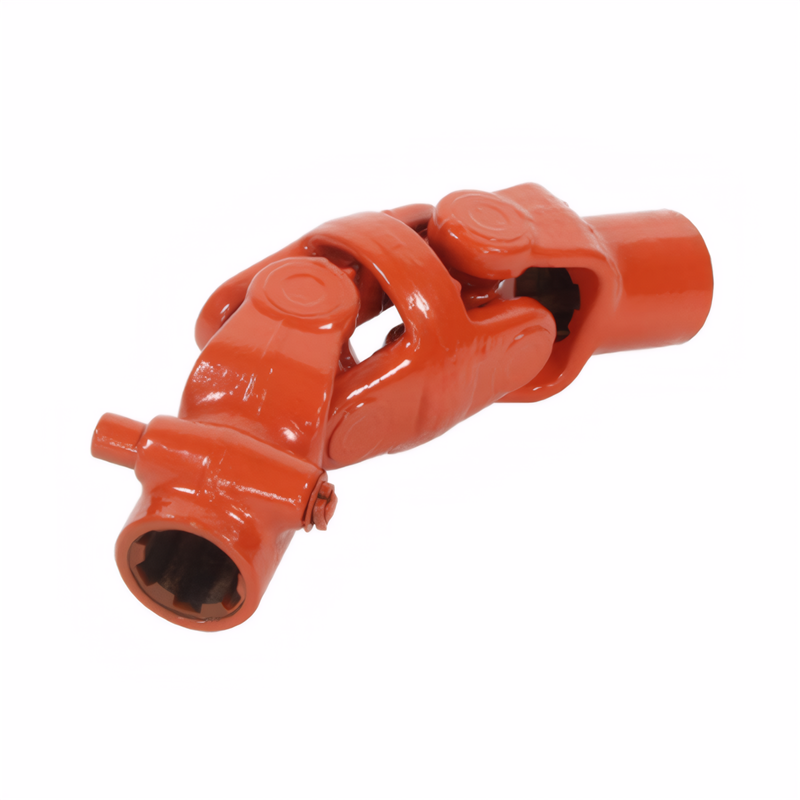Precautions for the maintenance of drive shafts
Essential Maintenance Considerations for Transmission Shafts in Automotive Applications
Regular Inspection Protocols for Early Issue Detection
Perform visual inspections of the transmission shaft at every scheduled maintenance interval. Look for signs of surface corrosion, especially in areas exposed to road debris or moisture. Check for paint chipping or protective coating degradation that could expose the metal to environmental damage. Pay particular attention to welded joints and seams, as these areas are more susceptible to stress fractures.
Examine all attached components including universal joints, slip yokes, and flanges for excessive play or misalignment. Rotate the shaft manually to detect any binding or irregular resistance that might indicate internal damage. Inspect protective boots and seals for cracks or leaks that could allow contaminants to enter critical components.
Use a dial indicator to measure radial runout at key points along the shaft. Compare readings against manufacturer specifications to identify early signs of bending or wear. Document all measurements to track changes over time and establish maintenance trends for the specific vehicle.
Lubrication Management for Optimal Component Performance
Follow manufacturer guidelines for lubrication intervals and types, as improper lubrication causes 80% of premature drivetrain failures. Use only approved grease formulations that meet the required temperature and load specifications for the application. Over-lubrication can attract contaminants while under-lubrication leads to excessive wear.
When servicing universal joints, ensure complete coverage of all bearing surfaces without overfilling the boot. Wipe away excess grease that might escape during operation and contaminate other components. For shafts with zerk fittings, use a manual grease gun to deliver precise amounts rather than pneumatic systems that might over-pressurize the joints.
Monitor lubrication condition during every inspection. Discolored or hardened grease indicates thermal degradation and requires immediate replacement. Check for water contamination in grease from pressure washing or driving through deep water, as this compromises lubricating properties and accelerates corrosion.
Handling and Installation Best Practices to Prevent Damage
Always support the shaft horizontally during removal and installation using appropriate lifting equipment. Avoid hanging the shaft vertically by one end, as this creates bending stresses that can cause permanent deformation. Use nylon or rubber slings rather than metal chains to prevent surface scratches that could initiate corrosion.
Protect the shaft from impact damage during handling by wrapping it in clean rags or foam padding. Never strike the shaft directly with hammers or pry bars, as even minor dents can disrupt balance and cause vibration issues. When reinstalling, align all components carefully to avoid introducing preload stresses that shorten component life.
Verify proper torque on all mounting bolts using a calibrated torque wrench. Under-tightening causes vibration while over-tightening risks damaging threads or distorting flanges. Follow the manufacturer's specified tightening sequence, typically starting from the center and working outward in a crisscross pattern for flange connections.
 The inspection method for the
The inspection method for the
 Symptoms of wear of the univer
Symptoms of wear of the univer
 Analysis of the Causes of Abno
Analysis of the Causes of Abno
 The ability of the drive shaft
The ability of the drive shaft
 简体中文
简体中文 English
English
